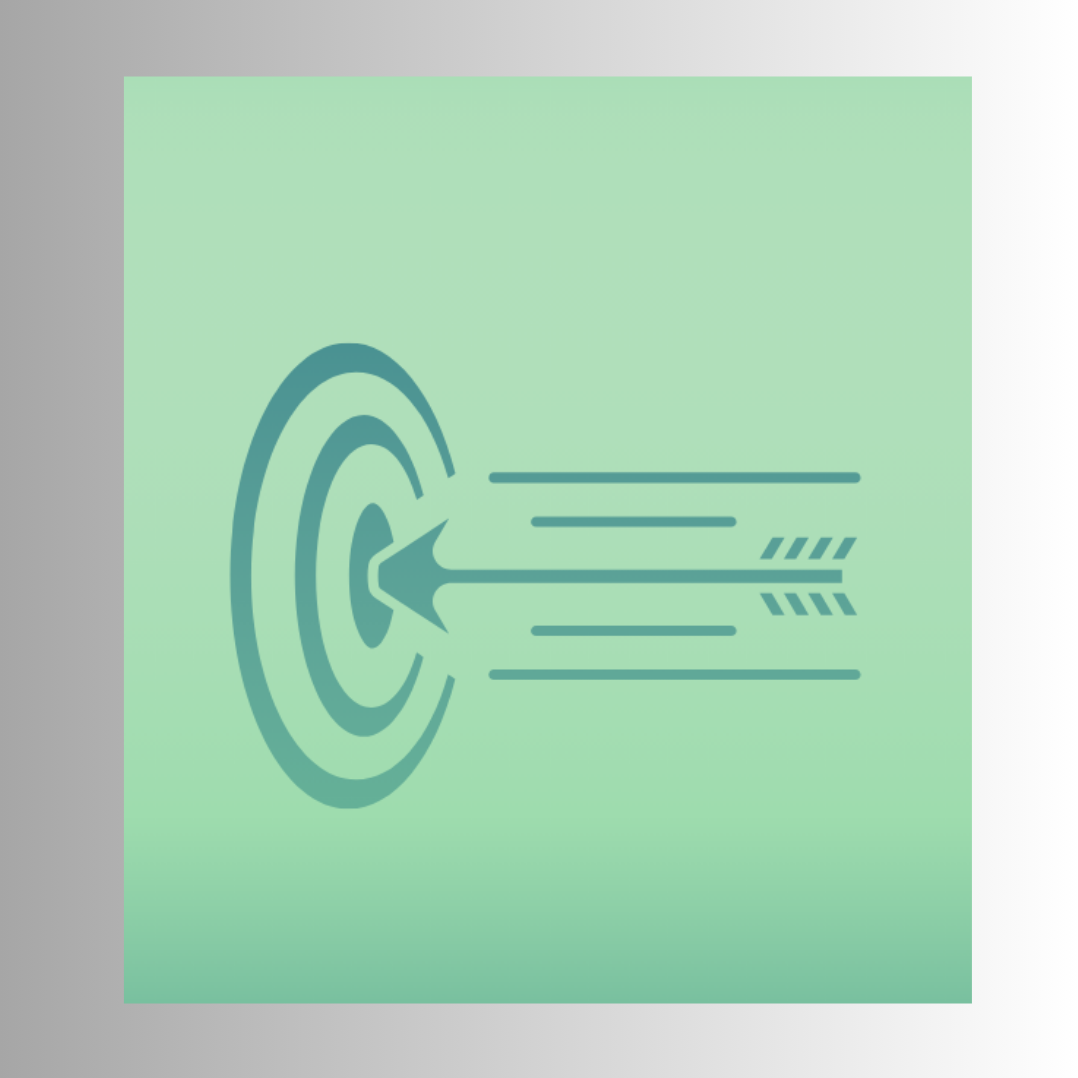
How Neuroscience Can Change Your Sales Strategy
Sales Is Not Just Logic — It’s Brain Chemistry
Most people think sales is about persuasion. Clear value, good timing, strong message. All of that matters — but it’s only half the game.
The other half lives in the customer’s brain. Your offer goes through filters you never see. Emotional filters. Cognitive shortcuts. Chemicals like dopamine and cortisol that decide faster than reason ever could.
If you understand how the brain responds to decisions, you can stop guessing what works. You can start designing sales experiences that feel right — not just sound right.
The Brain Hates Risk — and Loves Comfort
The brain’s number one job is survival. That means avoiding danger, uncertainty, and overload. So when your sales pitch feels confusing, long, or too new, the brain flags it as a threat. The customer may not know why, but they’ll pull back.
This is why trust matters so much. Trust tells the brain, “This is safe.” That triggers a calmer state. The customer is more open, less defensive. Your message lands deeper.
Familiarity also creates comfort. When your brand or offer feels known — even slightly — the brain spends less energy trying to evaluate it. That’s why repetition works. And why first impressions really do matter.
Emotion Leads, Logic Follows
People don’t buy based on numbers. They buy based on how those numbers make them feel.
Neuroscience shows that emotional centers of the brain activate before the logical ones during decision-making. That means the gut decides first. The brain just builds a story around it after.
If your pitch doesn’t create emotion, it won’t stick. If your product doesn’t trigger desire, relief, or trust — it won’t move the buyer forward. The best sales strategies understand this and lead with emotion, not facts.
Sell the feeling first. Then support it with logic.
Simplicity Reduces Cognitive Load
The brain has limited space for processing new information. Every second counts. When a sales message is too complex, the brain checks out. It can’t hold everything, so it lets go — and you lose attention.
This doesn’t mean dumbing things down. It means making the choice feel easy. One clear call to action. One core benefit. One emotional hook.
If a buyer has to think too hard, they’ll delay the decision. Or say no, just to reduce mental effort. Simplicity lowers resistance. And resistance kills conversions.
Dopamine Drives Action
Want people to say yes faster? Trigger dopamine.
Dopamine is the brain’s reward chemical. It’s released when we anticipate something exciting, not just when we get it. That means you can spark motivation by showing progress, teasing rewards, or framing the next step clearly.
Think countdowns. Think “only 3 left.” Think “you’re almost there.” These signals tell the brain something good is coming — and push it to act now.
Also, storytelling works because it creates an emotional arc. That arc builds dopamine naturally, as the brain imagines itself in the outcome. A good sales story is a chemical experience.
Final Thought: Know the Brain, Win the Sale
Sales isn’t just conversation. It’s neuro-design. It’s knowing what makes people say yes, pause, trust, or click away — before they even realize it.
You don’t need a neuroscience degree to use these insights. Just stop thinking like a seller for a second. Start thinking like a brain. What would confuse it? What would relax it? What would excite it?
The more you sell to the brain — not just the person — the better your results will get. Less friction. More action. And way more real connection.
